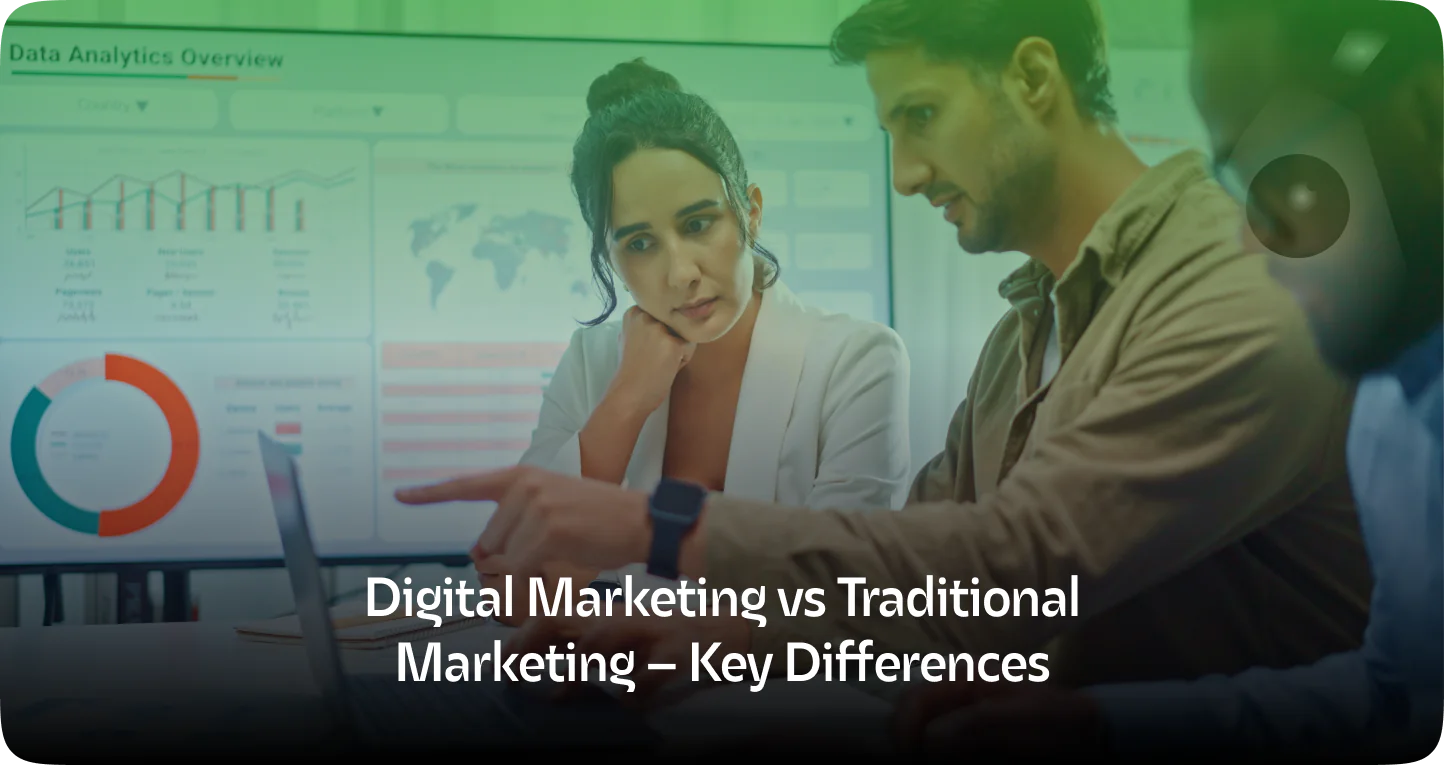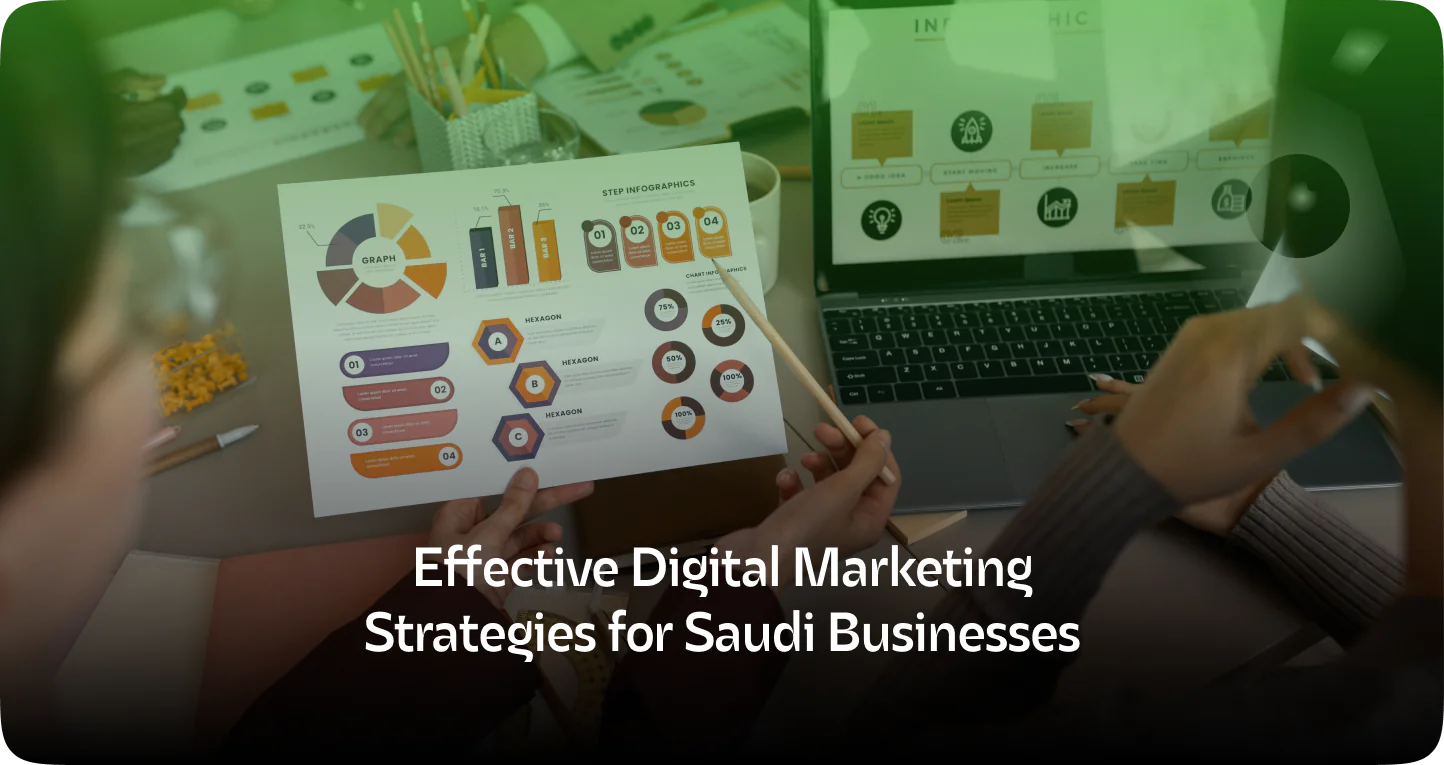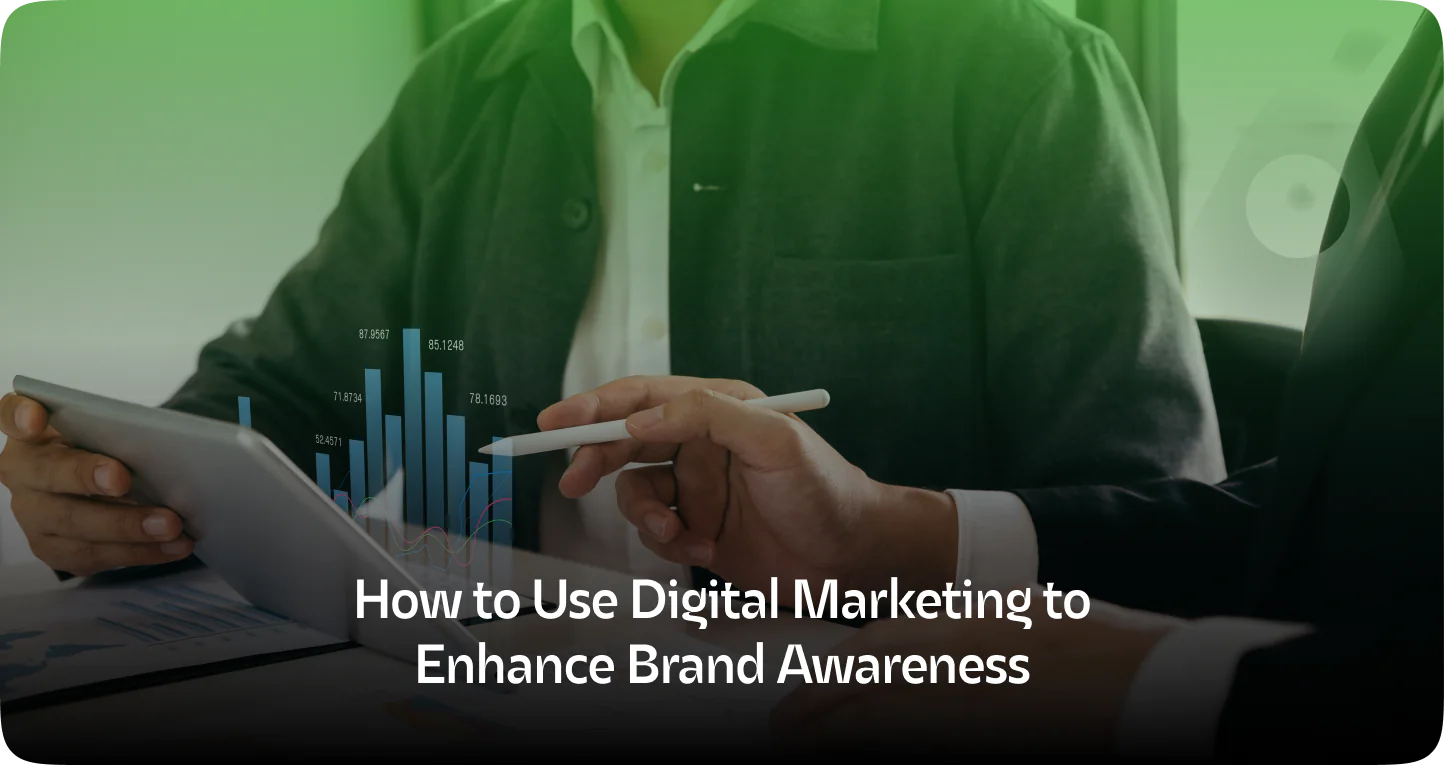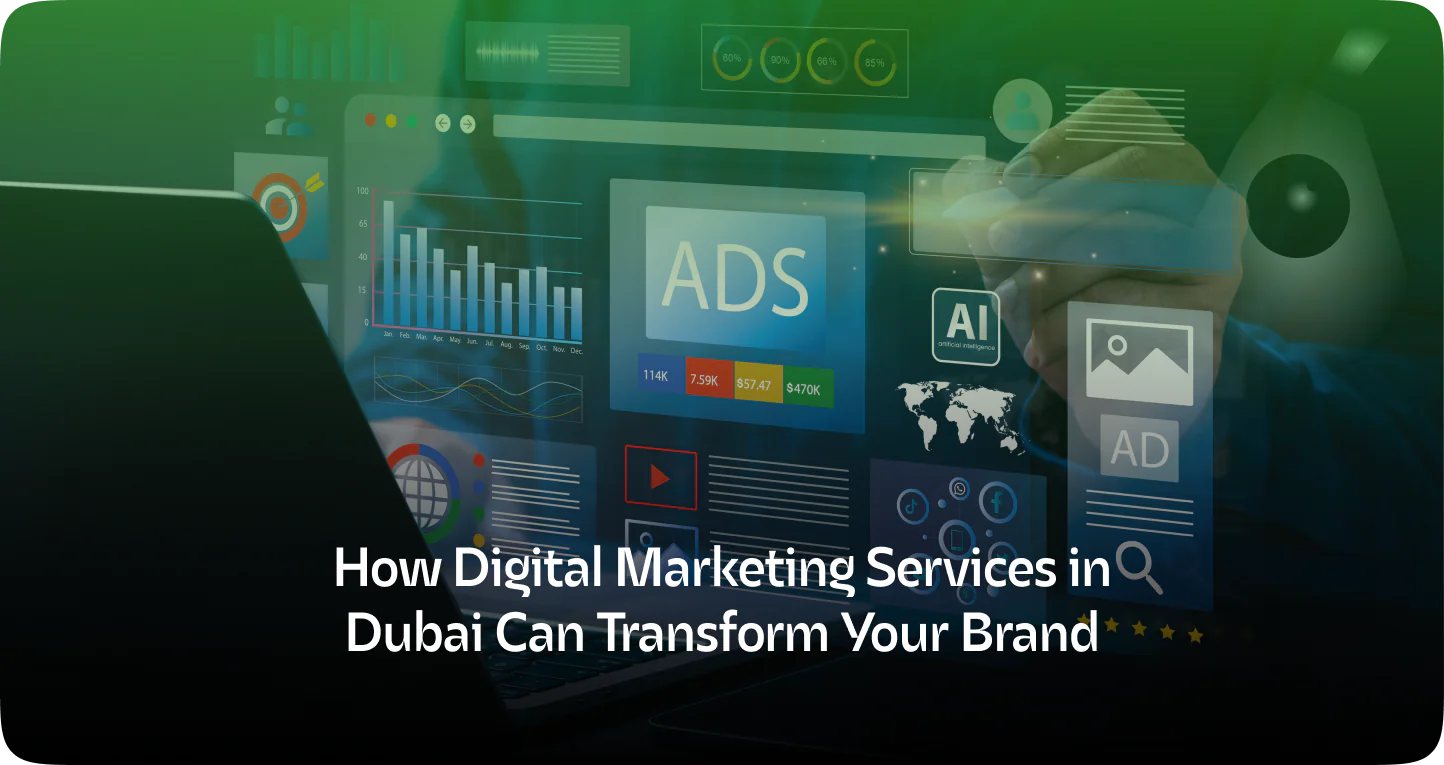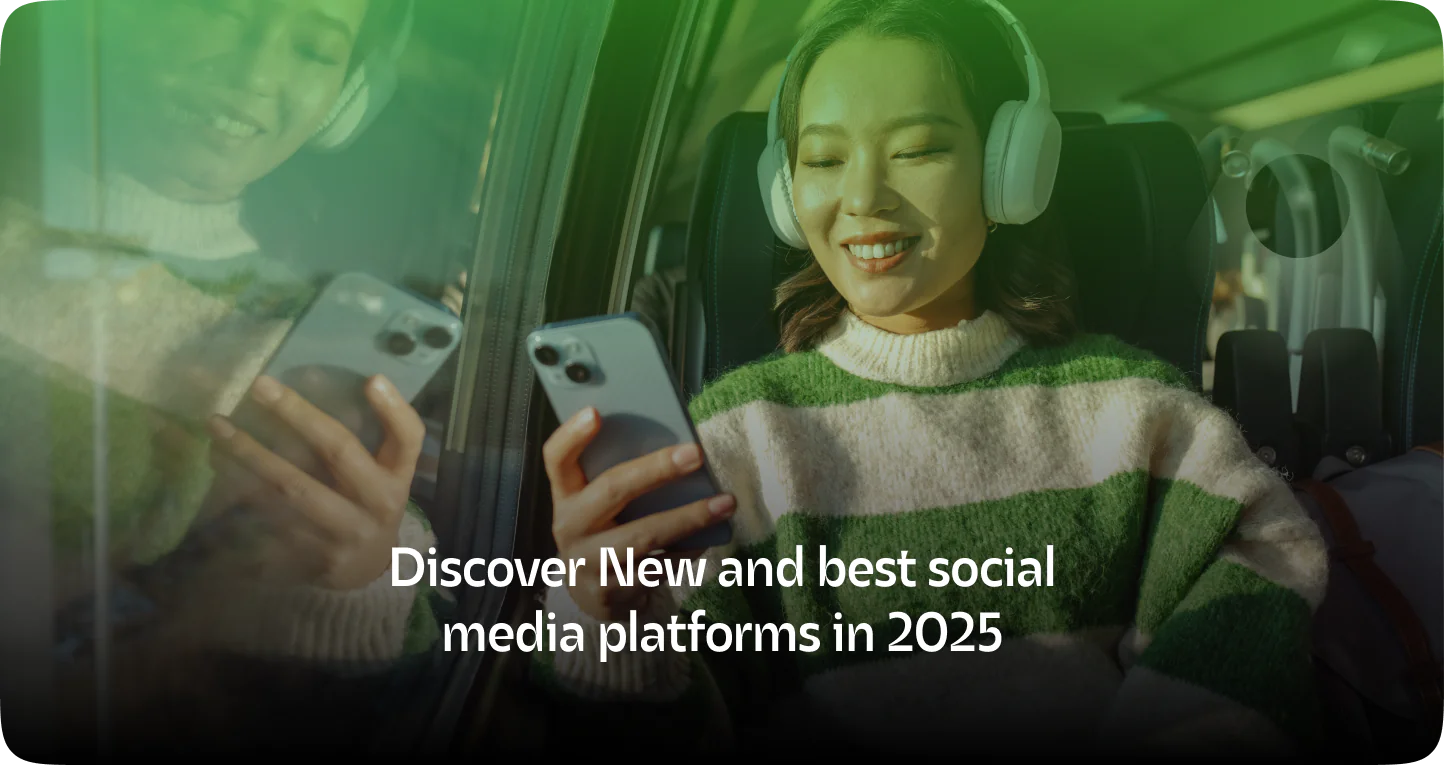The discussion about whether digital marketing or traditional marketing is better has gotten a lot of attention as the ways to promote brands and interact with customers change. A lot of the time, businesses, marketing, and companies are stuck and don’t know what to do next. Both methods have their good points, but you need to know the main differences between them in order to make the best marketing plan for your business.
The difference between online, technology-based marketing tactics and offline, standard advertising methods is called “digital marketing vs. traditional marketing.” Traditional marketing uses things like TV, radio, newspapers, signs, and direct mail. Digital marketing uses things like the internet, social media, search engines, and mobile apps.
What is Traditional Marketing?
Marketing that is done in person, or “traditional marketing,” has been around for a long time. It includes things like flyers, signs, radio, TV, newspapers, and events that happen in real life. A lot of people still use these strategies, especially bigger brands that can afford expensive mass advertising. Their use goes back decades.
The main benefit of traditional marketing over digital marketing is that it can reach a lot of people, even those who don’t use technology much. A sign on a busy road or a TV show during prime time, for example, can reach tens of thousands or even millions of people.
Digital platforms, on the other hand, offer targeting, interaction, and real-time feedback that standard marketing doesn’t always have.
What is Digital Marketing?
Promoting goods or services through the internet is called digital marketing. It covers things like SEO, content marketing, email marketing, social media marketing, pay-per-click (PPC) ads, working with influencers, and more.
Digital marketing is different from old-fashioned ways because it lets brands talk directly to their customers. You can precisely target certain groups of people, look at how they behave, improve ads in real time, and keep track of your return on investment (ROI). Because it is so easy to use and track, digital marketing has become the preferred method for many modern companies.
A Comparison of Traditional and Digital Marketing from a Business Point of View
The goals of both types of marketing are to raise brand recognition, bring in new customers, and boost sales, but they are carried out very differently and success is measured in very different ways. One big difference between digital and traditional marketing is how much control and customisation you have.
Campaigns for traditional marketing stay the same. An ad in the newspaper or on TV can’t be changed after it’s been printed or shown. Digital ads, on the other hand, are flexible, so you can change them in the middle based on how well they’re doing.
In terms of how much it costs, digital marketing often lets you contact more people with less money. For instance, a Facebook ad campaign can start with as little as $5 and still reach a lot of people who are likely to be interested. In contrast, traditional marketing usually requires big spending up front.
Audience Targeting and Engagement
One thing that sets traditional marketing apart from digital marketing is how viewers are focused and kept interested. When you use traditional marketing, you reach a lot of people, but some of them might not be interested in the goods.
Digital marketing lets you target people very precisely. Businesses can target people based on their location, age, gender, hobbies, viewing history, and even important events in their lives with tools like Google Ads and Facebook Ads Manager. This amount of focussing cuts down on waste and raises the chances of conversion.
Digital marketing also lets people talk to each other. Customers can react to ads and posts, share them, or comment on them, which keeps them interested and loyal. Traditional marketing, on the other hand, only goes one way.
Measurability and Data
Digital marketing is great for keeping track of how well it’s doing. Marketers can see how many people saw a post, clicked on a link, filled out a form, or bought something. Businesses get real-time information from tools like Google Analytics and email trackers that help them make decisions.
On the other hand, traditional marketing doesn’t give as many statistics. You might know how many copies a newspaper sells or how many total viewers a TV show gets, but you won’t know who saw your ad and what they did afterward.
Because of this lack of data, it’s harder to figure out the return on investment (ROI) for traditional campaigns. For brands that care about performance, digital marketing over traditional marketing is often the clear choice.
Flexibility and Speed
One of the best things about digital marketing is that it is flexible. A/B test a campaign, put it on hold, or move the funds between platforms with just a few clicks. You can start a campaign in hours. It takes longer to plan, make, and send out traditional ads. The creation process takes longer and costs more, whether it’s making flyers or a TV ad.
In markets that change quickly, where trends change every few days, digital marketing has an advantage because it can quickly change direction.
Brand Presence and Longevity
A lot of the time, traditional marketing has a real location. A paper ad or a billboard stays in front of the watcher for a longer time, making an impact that lasts. Digital ads, on the other hand, may disappear quickly in posts that move quickly.
But digital marketing makes things last in different ways. Evergreen blog posts, SEO-optimized content, and YouTube movies keep getting views even months or even years after they were posted. Over time, a brand’s digital footprint also gives it more respect and power.
Cost Efficiency and Budget Allocation
Cost is very important for small and medium-sized businesses. Traditional marketing efforts can cost a lot of money and don’t always show results that can be measured. On the other hand, digital marketing lets you spend your money more wisely, as even small amounts can bring in leads and sales.
When comparing traditional marketing to digital marketing, digital marketing gives you more control over your spending and a higher return on investment (ROI), especially when your efforts are well-optimized.
FAQs
Traditional marketing uses things like TV, paper, and radio, while digital marketing uses things like search engines and social media.
Digital marketing is usually more focused, less expensive, and easier to track. What works best, though, relies on your audience and the goals of your business.
The best thing about digital marketing is that it lets you target specific groups, see results right away, and keep improving efforts.
AI marketing uses machine learning and data to automate, personalize, and predict how users will behave. Traditional marketing is built on rigid, mass communication.
Some of the main differences are the ability to focus, the cost-effectiveness, the interactivity, the speed, the ability to measure, and the total freedom.
Both have their place in the marketing mix. Digital marketing is great for scalability, personalisation, and tracking success, while traditional marketing is great for local exposure and reaching people who don’t have access to the internet.
Today’s market is very competitive, and the brands that do best are the ones that know how to smartly combine the two. You can find the best plan for your brand if you know your audience, your goals, and how to stay flexible.

